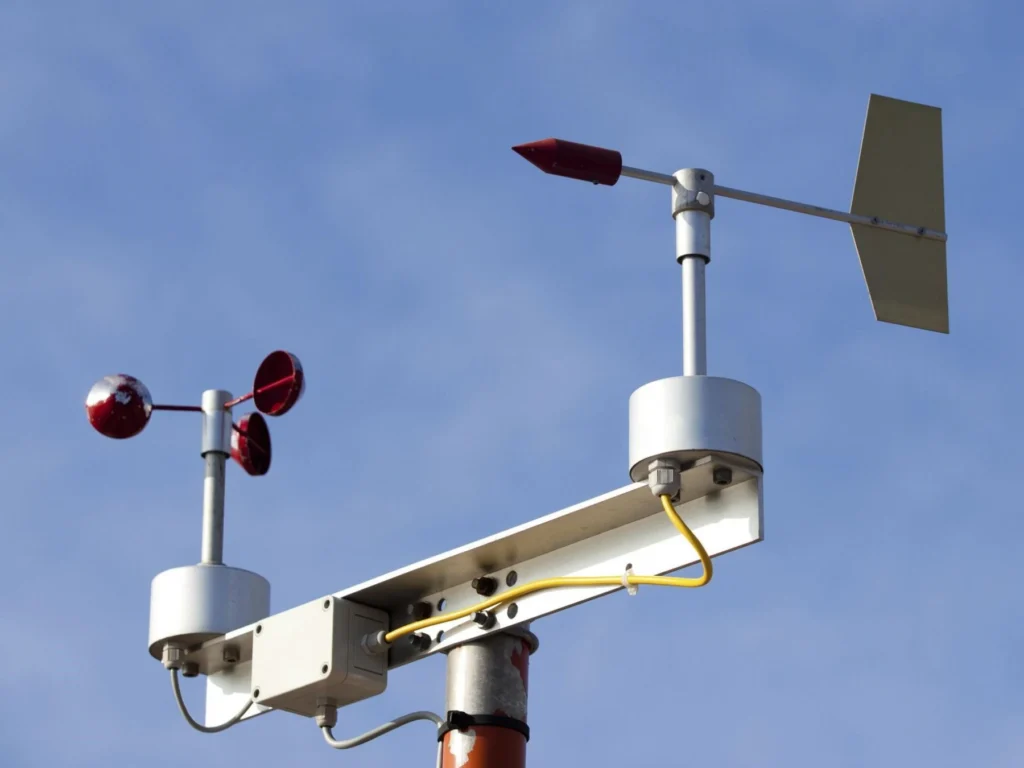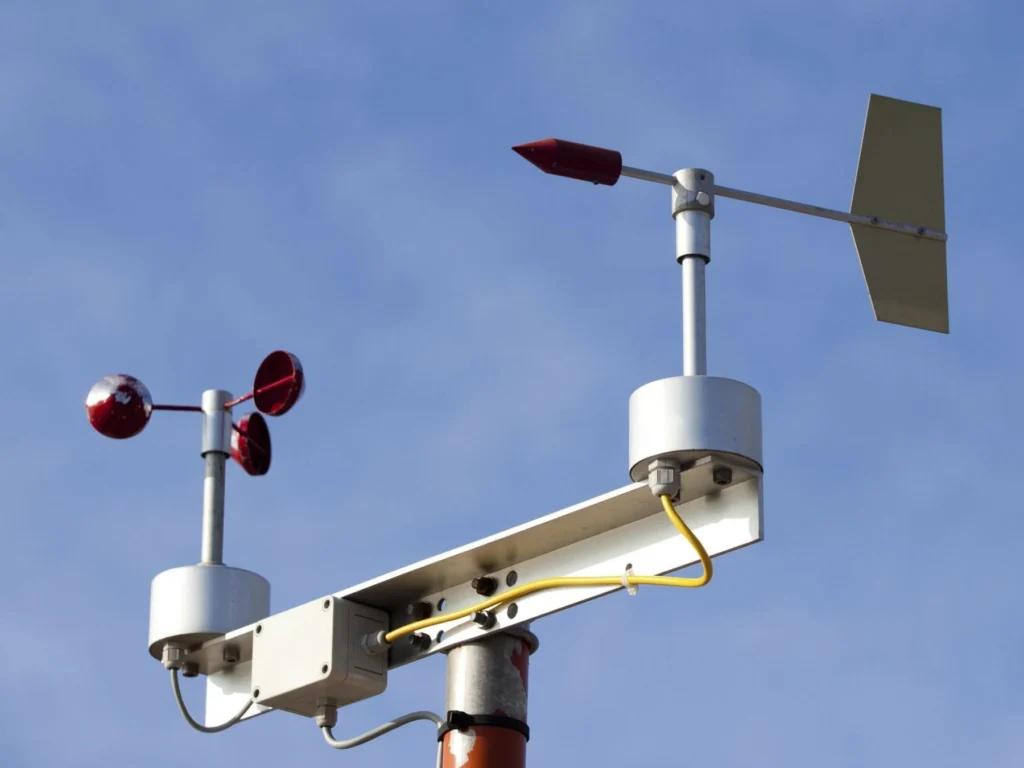
# Wind Measuring Instrument: A Comprehensive Guide to Anemometers and Their Applications
Wind measuring instruments, particularly anemometers, play a crucial role in various industries and scientific fields. These devices are designed to measure wind speed and direction, providing essential data for weather forecasting, aviation, environmental monitoring, and more. In this guide, we will explore the different types of anemometers, their working principles, and their diverse applications.
## What is an Anemometer?
An anemometer is a device used to measure the speed and direction of wind. The term “anemometer” is derived from the Greek word “anemos,” meaning wind. These instruments are essential tools for meteorologists, engineers, and researchers who need accurate wind data for their work.
### Types of Anemometers
There are several types of anemometers, each with its unique design and method of measuring wind speed and direction. The most common types include:
– **Cup Anemometers**: These consist of three or four cups mounted on horizontal arms, which rotate when wind blows. The rotation speed is proportional to the wind speed.
– **Vane Anemometers**: Also known as windmill anemometers, these devices have a propeller or fan that rotates in response to wind. The rotation speed is measured to determine wind speed.
– **Hot-Wire Anemometers**: These use a heated wire that cools down when exposed to wind. The rate of cooling is used to calculate wind speed.
– **Ultrasonic Anemometers**: These devices use ultrasonic sound waves to measure wind speed and direction. They are highly accurate and can measure wind in three dimensions.
– **Laser Doppler Anemometers**: These use laser beams to measure the velocity of particles in the air, providing highly precise wind speed measurements.
## How Do Anemometers Work?
The working principle of an anemometer depends on its type. However, the general idea is to convert the kinetic energy of wind into a measurable signal. For example, in a cup anemometer, the rotation of the cups generates electrical signals that are proportional to the wind speed. These signals are then processed to provide a digital or analog readout of the wind speed.
### Applications of Anemometers
Anemometers are used in a wide range of applications, including:
– **Weather Forecasting**: Anemometers provide critical data for predicting weather patterns and issuing weather warnings.
– **Aviation**: Pilots and air traffic controllers use anemometers to monitor wind conditions, ensuring safe takeoffs and landings.
– **Environmental Monitoring**: Anemometers are used to study wind patterns and their impact on ecosystems, air quality, and climate change.
– **Renewable Energy**: Wind turbines rely on anemometers to optimize their performance by adjusting the angle of the blades based on wind speed and direction.
– **Construction and Engineering**: Anemometers are used to assess wind loads on structures, ensuring they are designed to withstand extreme weather conditions.
## Choosing the Right Anemometer
When selecting an anemometer, consider the following factors:
– **Accuracy**: Ensure the anemometer provides precise measurements for your specific application.
– **Durability**: Choose a device that can withstand the environmental conditions it will be exposed to.
– **Ease of Use**: Look for an anemometer that is easy to operate and maintain.
– **Data Logging**: Some anemometers come with data logging capabilities, allowing you to record and analyze wind data over time.
– **Portability**: If you need to move the anemometer frequently, consider a portable model.
## Conclusion
Anemometers are indispensable tools for measuring wind speed and direction, with applications ranging from weather forecasting to renewable energy. Understanding the different types of anemometers and their working principles can help you choose the right device for your needs. Whether you are a meteorologist, engineer, or researcher, an anemometer can provide the accurate wind data you require for your work.
By investing in a high-quality anemometer
Keyword: wind measuring instrument

Comments are closed